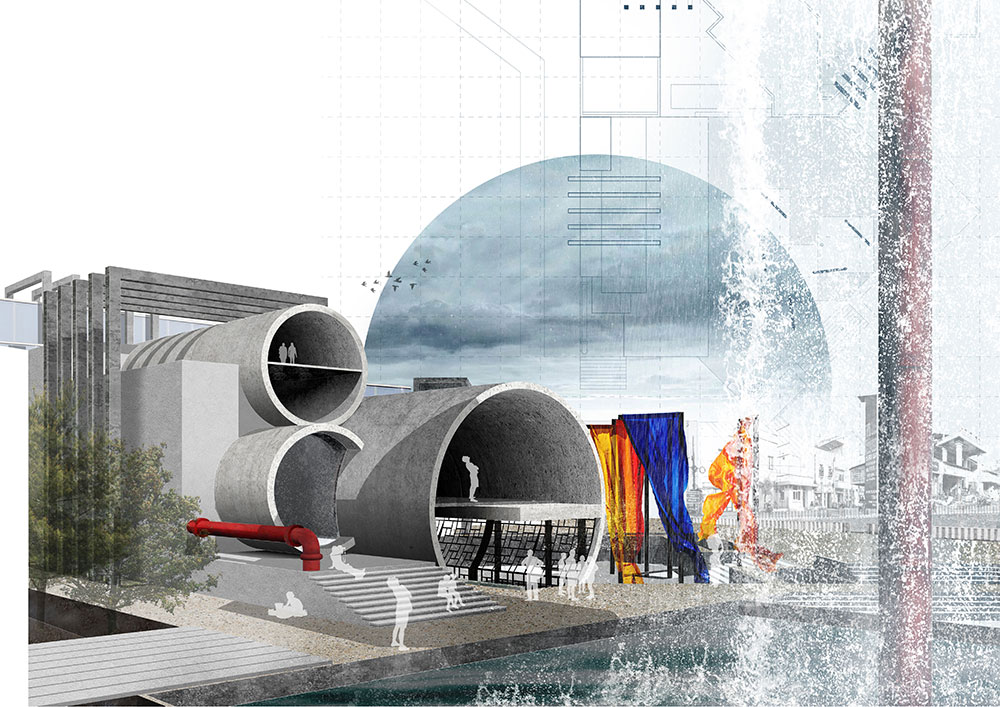The Challenge
Keeping within a limit of 1.5°C of global warming, the figure agreed by scientists as the maximum possible to avoid catastrophic impacts, requires radical and systemic changes to current practices around land, energy, transport, buildings and infrastructure to reduce carbon emissions to zero over the next 30 years. We also need to move beyond a focus on carbon reduction - our cities and infrastructure should be adapted to become resilient to future climate impacts and we need to reverse biodiversity loss.
The construction industry is responsible for anywhere between 35% and 45% of the UK’s carbon emissions; and the amount of carbon released has increased since 1990 (UK GBC 2020). Whilst there are paradigmatic examples of carbon efficient buildings, the transformation is not far-reaching enough to achieve the carbon targets necessary to limit warming to 1.5°C. Very often the approach to acknowledging climate crisis in design can seem to be a tick box exercise. And, too often, biodiversity issues are not considered in an integrated fashion in terms of its loss and its contribution to climate mitigation and adaptation.
At a global level, the UN Sustainable Development Goals provide a framework that combines action on climate and biodiversity emergency with issues of global social justice and equality. Policy and practice at various scales also continues to regulate for climate change in the built environment. By 2050, the UK aims to have net zero emissions. In addition, developers will soon have to demonstrate a 10 per cent increase in biodiversity in order to obtain planning permission. Here at the MSA, we support initiatives to address the climate and ecological emergency such as Architecture Education Declares, UK Landscape Architects Declare, Architects Climate Action Network, and the Landscape Institute’s Climate and Biodiversity Action Plan.



